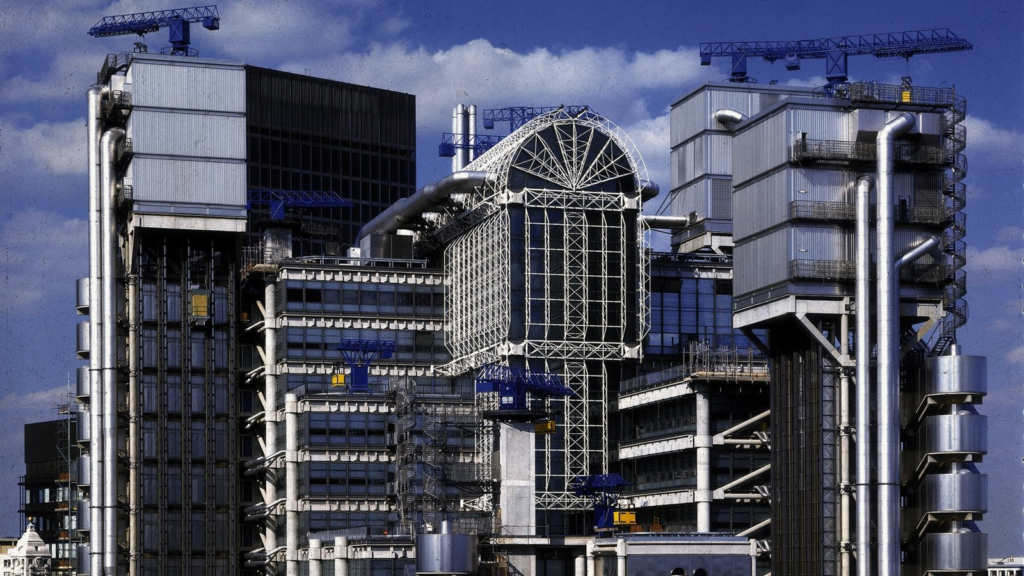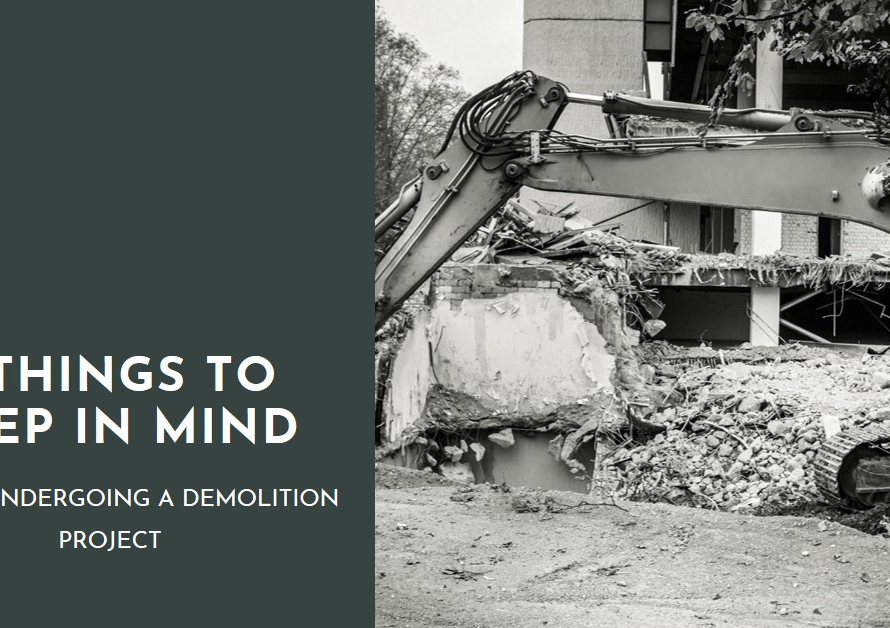
Table of Contents
What is Structural Expressionism?
Structural Expressionism is an architectural movement that emerged in the early 20th century as a response to the increasingly industrialized world. It seeks to express the structural elements of a building, such as beams, columns, and joints, as integral parts of its design rather than concealing them behind decorative facades. This approach creates a sense of honesty and authenticity in the architecture, emphasizing function over aesthetics.
One key characteristic of Structural Expressionism is its use of exposed concrete. By leaving the concrete raw and unfinished, architects invite viewers to appreciate its inherent strength and durability. This materiality not only adds visual interest but also serves as a reflection of the societal values during that time period – a desire for truthfulness and transparency.
Furthermore, Structural Expressionist buildings often feature dramatic geometric forms and powerful masses that convey a sense of monumentality. Architects use these exaggerated proportions to evoke emotional responses from viewers, whether it be awe or contemplation. This sculptural quality gives rise to highly iconic structures that stand out amidst their surroundings.
Overall, Structural Expressionism is an architectural style that celebrates honest construction methods while striving for artistic expression. Its focus on revealing the structural elements creates visually striking buildings with a strong presence in their environments. By appreciating this movement’s principles and unique characteristics, we can gain insight into both our past architectural heritage and new possibilities for contemporary designs.
Origins and Influences: Modernism and Cubism
To understand the birth of Structural Expressionism, it is essential to explore its origins in the broader context of modernism and its connection to the revolutionary art movement known as cubism. Modernism emerged in the late 19th century as a response to rapid industrialization and social changes, seeking to break away from traditional forms and embrace experimentation. This desire for innovation laid the groundwork for cubism, an avant-garde movement that transformed the way artists perceived and represented reality.
Cubism, pioneered by Pablo Picasso and Georges Braque in the early 20th century, was a radical departure from representational art. It rejected linear perspective and instead deconstructed objects into geometric shapes and fragments. This new visual language allowed artists to depict multiple viewpoints simultaneously, challenging notions of space, time, and form. The fragmented nature of cubist artworks also reflected the fragmentation occurring in society at that time—breaking away from conventional norms to explore new possibilities.
Structural Expressionism draws inspiration from both these movements by incorporating their progressive philosophies while forging its own artistic path. By embracing modernist ideals of experimentation, Structural Expressionists seek innovative ways to express their perception of reality through architecture. They dismantle traditional architectural principles just like cubists dismantled conventional pictorial conventions; instead of reducing reality into geometric shapes on canvas or sculpture-like figures though they integrate unique structural elements into buildings’ design that challenge our perception of space.
In conclusion, it is clear that both
Characteristics of Structural Expressionism: Bold, geometric forms
One of the defining characteristics of Structural Expressionism is its use of bold and geometric forms. Unlike other architectural styles, which often seek to integrate with the natural surroundings or mimic historical precedents, Structural Expressionism embraces a more experimental and avant-garde approach. The buildings designed in this style are characterized by their straight lines, sharp angles, and symmetrical shapes.
These bold and geometric forms not only make a visual impact but also serve a functional purpose. By utilizing strong structural elements, such as columns and beams, architects are able to create buildings that are both visually striking and structurally sound. Furthermore, these forms can give a sense of order and stability to the spaces they define.
In addition to their aesthetic appeal and functionality, the use of bold and geometric forms in Structural Expressionist architecture also allows for interesting interplay between light and shadow. The sharp angles and clean lines create dramatic contrasts that change throughout the day as sunlight moves across the surfaces. This dynamic play of light adds depth and dimensionality to the buildings, further enhancing their overall impact.
Overall, the use of bold and geometric forms in Structural Expressionism not only makes a powerful visual statement but also serves practical purposes in terms of structural integrity. Additionally, it creates opportunities for captivating interplays between light and shadow that bring these buildings to life in striking ways.
Major Artists and Works: Gaudi, Gehry, Hadid
Gaudi, Gehry, and Hadid are three of the most influential architects of the 20th and 21st centuries. Their works have not only pushed the boundaries of traditional architectural design but have also redefined what it means for a building to be a work of art.
Antoni Gaudi, known for his distinct Catalan Modernism style, created breathtaking structures such as the Sagrada Familia in Barcelona. His use of organic shapes and intricate detailing makes his buildings seem almost alive. Gaudi sought to harmonize architecture with nature, infusing his structures with symbolism and spiritual meaning.
Frank Gehry is renowned for his sculptural approach to architecture, exemplified in masterpieces like the Guggenheim Museum Bilbao. Gehry’s designs challenge conventional notions of form and function by utilizing unconventional materials such as titanium and stainless steel. His buildings often appear like gleaming sculptures that transform their surroundings.
Zaha Hadid was a pioneer in parametric design, employing cutting-edge technology to create incredible fluid forms that defy gravity. The Heydar Aliyev Center in Baku demonstrates her prowess in seamlessly blending artistry with functionality. With smooth curves and bold geometries dominating her works, Hadid’s legacy is one that shows how architecture can embody dynamism and movement.
In conclusion, Gaudi, Gehry, and Hadid have left an indelible mark on the world of architecture through their visionary designs. Their unconventional approaches to form, materials, and symbolism have reshaped our understanding
Impact and Legacy: Shaping contemporary architecture
The impact and legacy of structural expressionism in shaping contemporary architecture cannot be overstated. This architectural movement, which emerged in the late 20th century, challenged traditional notions of form and function by prioritizing the expressive potential of structure. By utilizing innovative engineering techniques and materials, structural expressionist architects have been able to create buildings that not only serve their intended purpose but also inspire awe and provoke thought.
One of the most notable legacies of structural expressionism is the emphasis on transparency and openness in design. Architects like Frank Gehry and Santiago Calatrava pushed the boundaries of what was possible in terms of creating visually striking structures that make use of glass, steel, and concrete to create expansive interiors flooded with natural light. This focus on transparency has had a profound impact on subsequent architectural styles, influencing everything from corporate headquarters to public spaces.
Another significant contribution of structural expressionism lies in its integration with nature. Many architects associated with this movement sought to establish a harmonious relationship between their buildings and their surrounding environment. By incorporating organic shapes reminiscent of natural forms into their designs, these architects were able to blur the lines between man-made structures and nature itself. This approach has paved the way for sustainable architecture practices today that prioritize reducing environmental impact while still delivering stunning aesthetics.
In conclusion, the impact and legacy of structural expressionism continue to shape contemporary architecture by challenging conventions, emphasizing transparency, and integrating nature into design concepts. As architects strive for innovation in today’s rapidly changing world, they owe a debt to these
Criticisms and Controversies: Functionality vs. aesthetics
One of the most enduring debates in the world of design is the perennial tension between functionality and aesthetics. On one hand, some argue that a design’s primary purpose is to serve its function – whether it be a building, a piece of furniture, or even something as mundane as a kitchen gadget. Functionality purists believe that any elements that do not directly contribute to the object’s intended purpose are superfluous and dilute its overall effectiveness.
On the other hand, there are those who advocate for aesthetics and consider them to be equally important or even paramount. Proponents of this view argue that an object’s visual appeal enhances not only its aesthetic value but also its functional performance. They make the case that an aesthetically pleasing design has psychological effects on users or occupants, creating positive emotions, boosting productivity, or even improving health and well-being.
This dichotomy between functionality and aesthetics is often at the heart of criticisms and controversies in design circles. While many argue for finding a balance between these two aspects, others insist on focusing solely on one or the other. However, perhaps it is time to challenge this binary thinking altogether and explore how integration rather than separation can lead to innovative solutions where both functionality and aesthetics work synergistically. It may be worth considering whether structural expressionism offers new possibilities by merging form with function in ways that defy traditional categorizations.
Conclusion: Embracing the bold in architectural design.
In conclusion, embracing the bold in architectural design is not just about creating visually stunning structures, but also about pushing boundaries and challenging traditional norms. Structural expressionism offers architects the opportunity to break free from conventional constraints and explore new possibilities. By incorporating innovative techniques and materials, architects can create buildings that not only stand out in a crowded urban landscape but also inspire awe and wonder.
Furthermore, embracing the bold allows architects to make a powerful statement through their designs. Architectural marvels like the Guggenheim Museum in Bilbao or the Burj Khalifa in Dubai have become iconic symbols of their cities, attracting visitors from around the world. These buildings represent more than just functional spaces; they symbolize innovation, progress, and daring visions. Embracing the bold in architectural design enables us to redefine our physical environment and shape our collective identity as a society.
In conclusion, structural expressionism challenges us to think beyond traditional notions of architecture and embrace bolder designs that push the limits of what is possible. In doing so, we not only create visually striking buildings but also contribute to shaping our built environment into one that inspires imagination and creativity. By embracing the bold in architectural design, we can transform urban landscapes into vibrant expressions of human ingenuity for generations to come.


